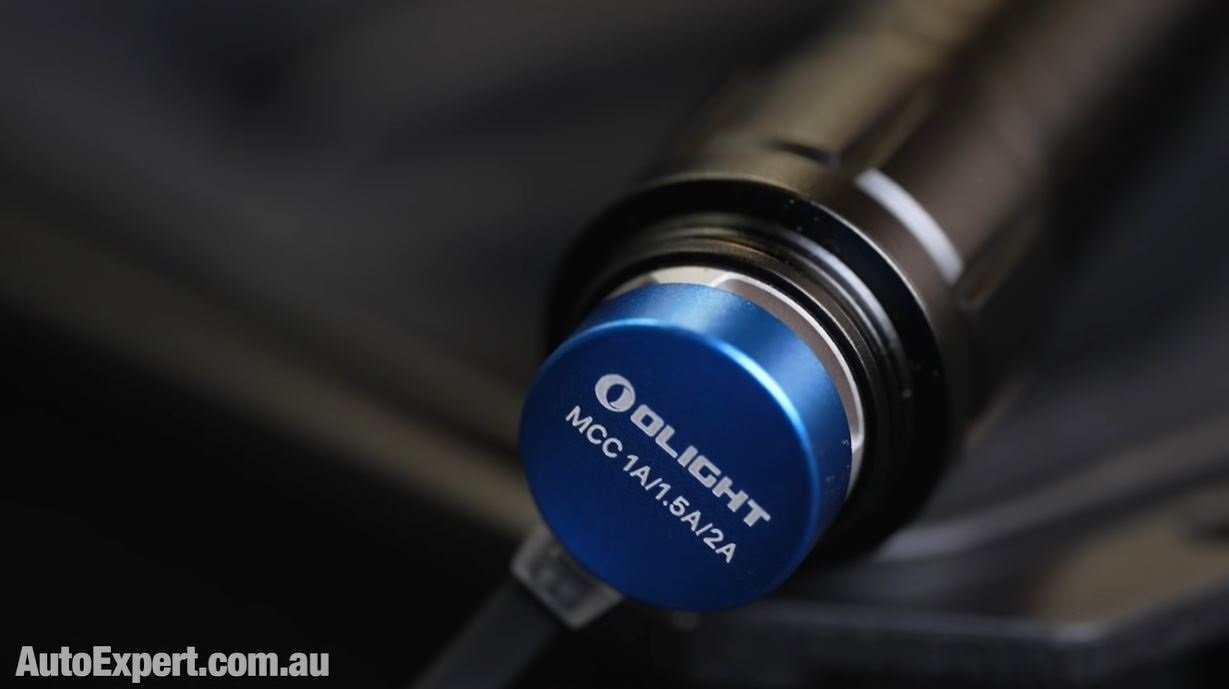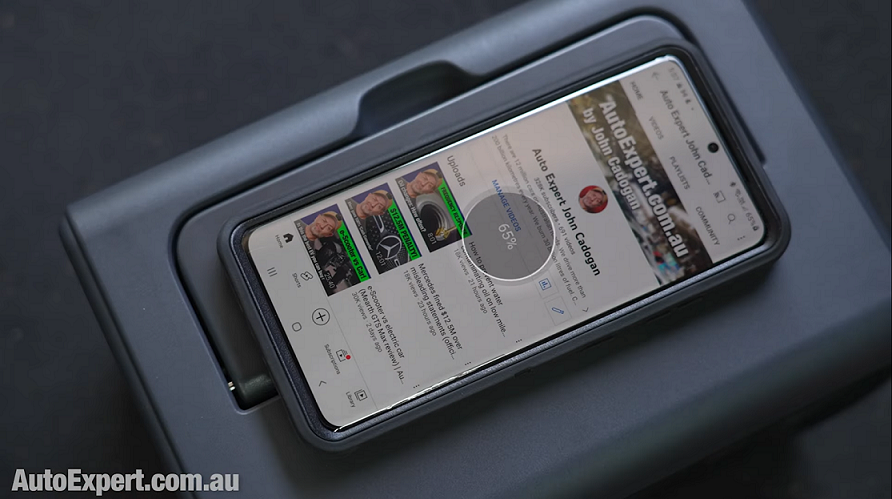EV versus diesel ute: what's REALLY really greener?
Head to head: EV versus the abomination we know and love in Australia as the V6 diesel ute, a CO2-belching dual-cab light-commercial. What is actually better on the carbon dioxide front? The facts might shock you…
I don't care whether you love or hate big V6 diesel utes or electric vehicles, because today, I suspect the vast majority of the population in the developed world would fail the test regarding how much filthy stuff is made by their favourite mode of transportation.
If you hope to engage in a meaningful way with the whole automotive proposition on CO2 and the (completely bullshit term of) ‘decarbonization’ of the fleet, in my view, you need to know the facts. However inconvenient they are.
This will be particularly important if you’re planning to buy an EV (but don’t know which one), or indeed if you need to buy a diesel ute.
Or, altruistically, if you want to reduce your carbon footprint, although that’s kind of a bullshit statement too. The term was coined by BP after all.
If you’re sitting around praying for an electric ute, like the LDV eT60, you need help - and if you want a hybrid ute, I have news for you >>.
So, let’s do a quick thought experiment to get you warmed up. If you burn one litre of petrol in an average Australian car, your engine's also going to suck in about nine cubic meters of air (which is 9000 litres of air), and it's going to take you about 10 kilometres down the road. I challenge you to list (whtout cheating) the top three things that come out of the exhaust pipe during that process, in order.
Basic high school chemistry answers to work this out are:
First up, is nine kilos of nitrogen gas: that's because the air that you're breathing now is 78 per cent nitrogen, and it's relatively inert, so it just gets sucked in one end and farted out the other end without really doing all that much reacting. (Except if something goes wrong inside the engine). It's mostly just really really warmed up nitrogen gas.
Coming out of exhaust, number two (by mass, because that’s how we do things in science), is 2.2 kilos of CO2.
Finally, in third position by mass, is one kilo of water. Yup. That’s about a litre of water, but obviously it comes out the exhaust as steam, which is a colourless gas, except if the exhaust system is cold and it's a wintry sort of morning and you've only just started the car, in which case the steam will condense on contact with the atmosphere and that's the white plumes that you see in places like Canada and New York and where it gets cold in winter. It's actually just water vapor condensing out of steam coming out of the exhaust.
That’s it.
So on pollution, much is made of the term ‘pollution’ and people talk about CO2 as if it's pollution, but it's really not. The CO2 thing is a real problem around the world, but pollution is a different thing.
Pollution is what happens when you get particles that can poison people, like at about 2.5 microns and smaller, which can go through your lungs and get into your blood and give you all kinds of horrible diseases. Oxides of nitrogen is one of them, and they are what happens when you run an engine too lean. Nitrogen decides to hook up with some excess oxygen in the combustion chamber because there's not enough fuel for the oxygen to go home with.
Then there's also unburned hydrocarbons and carbon monoxide and things of that nature. They're all pollution, but they can all be subverted with clever engineering. You can filter the particles and you can catalytically convert carbon monoxide and oxides of nitrogen into carbon dioxide and nitrogen gas respectively.
When you burn a hydrocarbon fuel you produce CO2 and water: that's the purest form of the combustion equation. There's no clever engineering way to deal with the production of CO2. You can burn less fuel by making engines more efficient, thereby doing more work with every litre, but you really can't change the fact that every kilo of hydrocarbon fuel is locked to a particular amount of carbon dioxide. And that's the problem.
The CO2 thing is intrinsic and we can't really hack that with clever engineering.
What I wanted to do was look at some big lardy-arsed EVs and compare them with some big, lardy-arse dual-cab utes, which fill the top three positions for vehicle sales in this country every single month, and have done for year after year.
Now that you understand the exhaust pollution basics, you’re ready to dissect exactly how the facts relate these two rather popular vehicles, the Ranger V6 diesel and the Hyundai Ioniq 5. Let’s see which treads the lightest.
To find out exactly how electric vehicles compare to the so-called gas-guzzling diesel ute, watch the full report above.
EXPLANATION & CORRECTION:
In the original report, I made a small mathematical error at 19 minutes. Below is my blatant correction on that, with a distinctly different outcome to the original result.
I value integrity, unlike politicians and CEO types, so make sure you watch the below video to get the full understanding to my original proposition that a big diesel V6 ute is less dirty than a big fat battery-power electric vehicle.
Download the PODCAST for this report
My AutoExpert AFFORDABLE ROADSIDE ASSISTANCE PACKAGE
If you’re sick of paying through the neck for roadside assistance I’ve teamed up with 24/7 to offer AutoExpert readers nationwide roadside assistance from just $69 annually, plus there’s NO JOINING FEE
Full details here >>
AutoExpert DISCOUNT OLIGHT TORCHES
These flashlights are awesome. I carry the Olight Warrior Mini 2 every day - it’s tiny, robust, and super useful in the field or in the workshop. Olight is a terrific supporter of AutoExpert.
Use the code AEJC to get a 12% discount >>
Generators suck! Go off-grid with AutoExpert BLUETTI PORTABLE POWER STATIONS
Need mobile, reliable power? If you’re camping, boating, caravanning or building a dirty big shed in the back paddock, and you need to run a refrigerator, lights, air conditioner, cooking, and/or a bunch of tools - Bluetti has a clean, tidy, robust solution…
Get your AutoExpert free shipping discount here: https://bit.ly/3n62heK































Toyota has raised the Corolla and called it a small SUV, one that offers reliability, practicality and even performance atop the range. Let’s see if there are any redeeming features that can justify the $50K price?